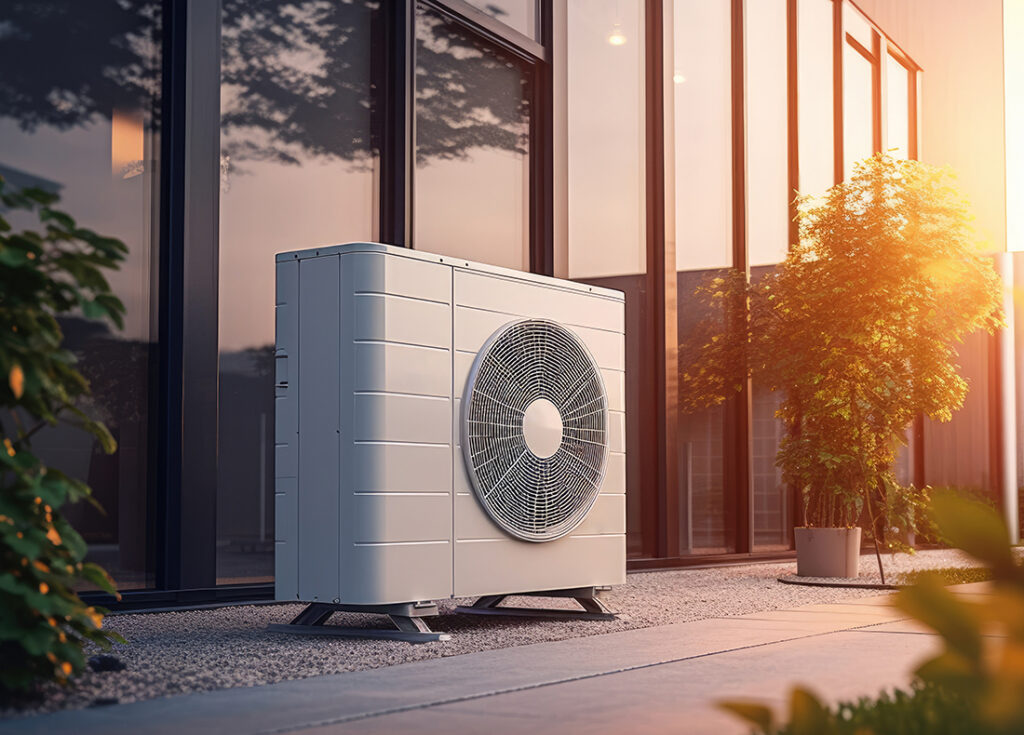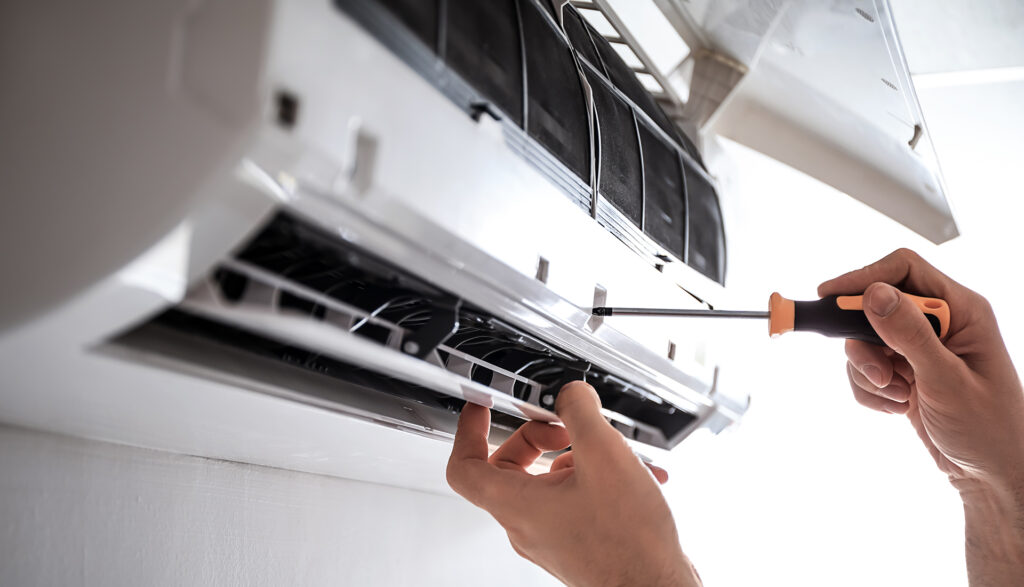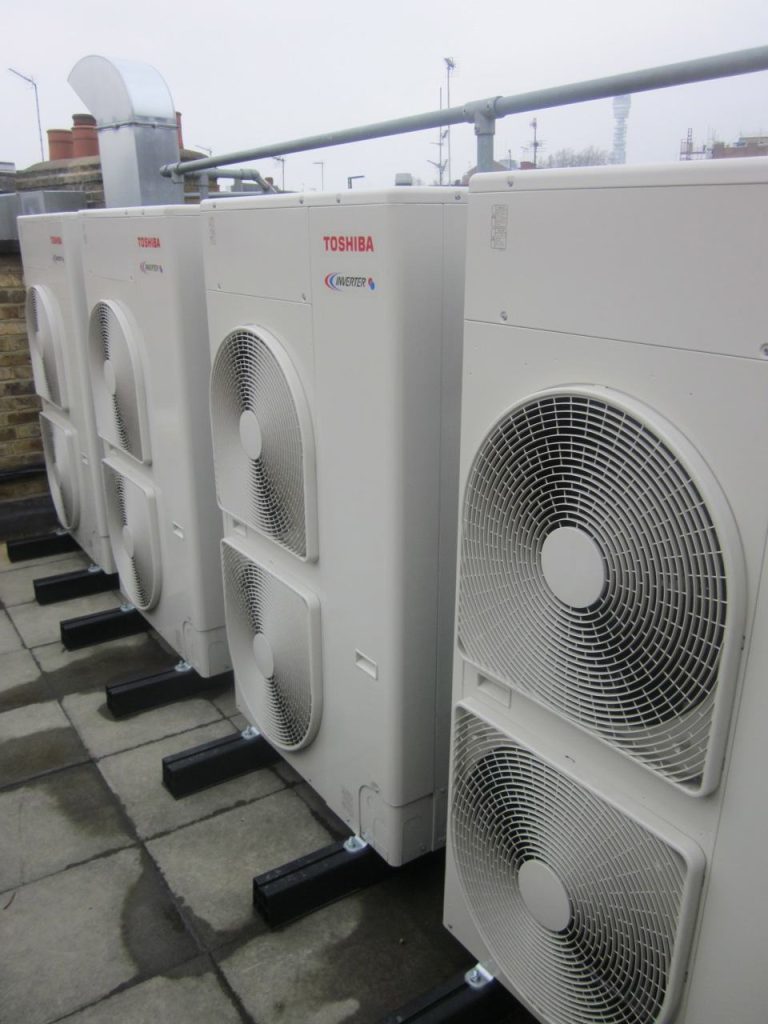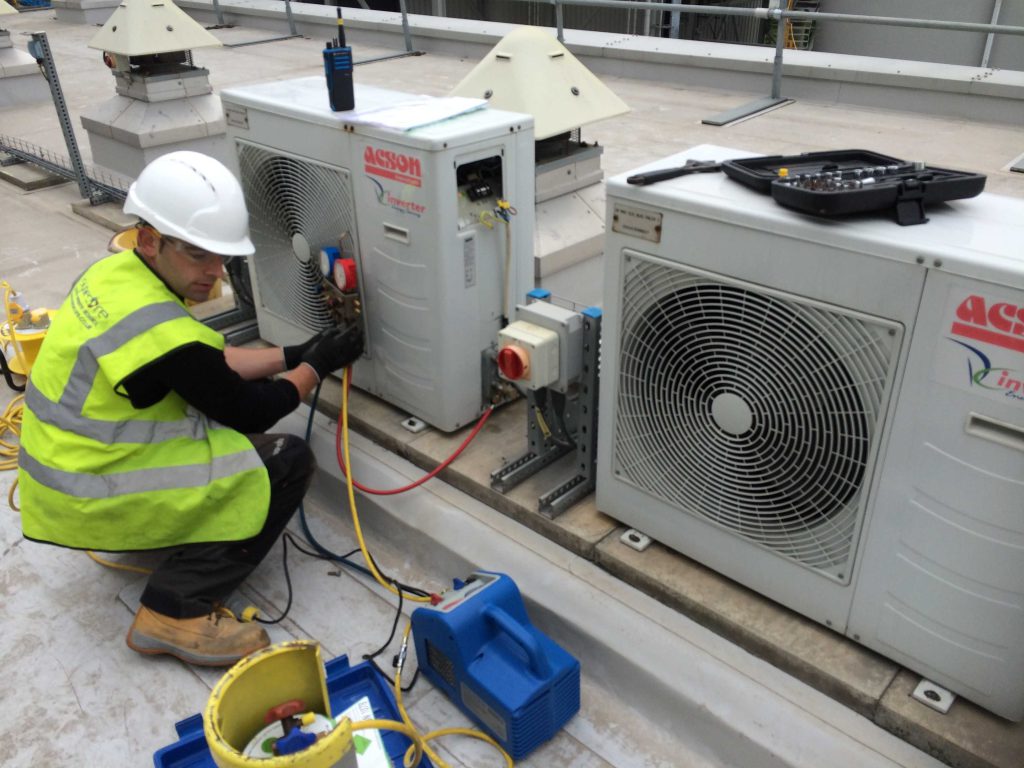Why You Need To Invest In Planned Preventative Heating, Ventilation and Air Conditioning Maintenance Before The Summer
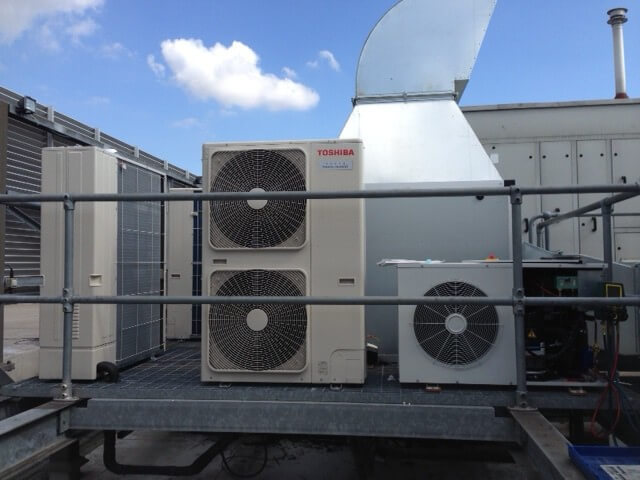
Estimated reading time 11 minutes
If you don’t already have planned preventative heating, ventilation and air conditioning (HVAC) maintenance in place now is the time to start thinking about it before the spring and summer and another round of temperature changes begin.
Seasonal Temperature, Humidity and Pollen Changes – How They Impact An HVAC System
Seasonal temperature, humidity and pollen changes can put a strain on an HVAC system requiring them to work harder. Where an HVAC system isn’t maintained, it can ultimately lead to decreased energy efficiency, increased energy consumption and system breakdowns.
Each new season brings with it challenges for an HVAC:
From Winter To Spring
As we transition from winter into spring an HVAC will begin to switch from heating to cooling. Day-to-day temperatures can still be quite cool, with some days being warmer than others. Temperatures can change quickly and be variable causing the HVAC to have to cycle to maintain the set temperature. It’s these changes in temperatures which give rise to fluctuating heating and cooling requirements that can cause strain and wear on the system.
The spring is also the time when pollen counts increase. Tree pollen starts in late March and lasts through to mid-May. Grass pollen, the most common allergen in the UK, starts towards the end of spring, mid-May, and continues into the summer season. Without maintenance, this rise in pollen alongside increases in dust, debris and mould can lead to issues causing the clogging of filters, air ducts, and other parts of an HVAC system. It’s vital to keep the air flowing smoothly throughout the system if it’s to continue to do its job in regulating the temperature and humidity.
From Spring To Summer
As summer comes into effect temperatures tend to peak. The hottest day in 2024, in the UK was on August 12, reaching temperatures of 34.8°C (94.64°F) in Cambridge. In 2023, the UK’s highest temperature was 33.5°C (92.3°F), in Faversham on September 10. In 2024 the UK Health Security Agency (UKHSA) issued a heat health alert (HHA) for all of England except the north-east and north-west. In 2023 the UKHSA and the Met Office issued an HHA in 7 regions of England.
High temperatures mean the demand for cooling significantly increases, causing an HVAC to have to work harder, sometimes for longer periods than normal, in order to keep a building or space cool. This increased workload puts more pressure on an HVAC to perform effectively and efficiently in its efforts to maintain a comfortable indoor temperature. This extra strain can cause issues from wear and tear which can reduce the lifespan of the system, to reduced efficiency or complete system breakdown.
The summer brings with it increased humidity as warm air can hold more moisture than cold air. This also places more demands on HVAC systems. HVAC systems control humidity by removing moisture from the air. Where there are increased humidity levels an HVAC will need to work harder to keep the humidity levels between 30–50% to ensure a comfortable environment.
Pollen and dust levels also tend to increase during the summer months. In the UK the grass pollen season is present from spring through to early autumn, peaking during the summer. Pollen levels are also increased due to activities such as the mowing of lawns and the harvesting and baling of hay. Dust levels also rise during to the hot dry summer months. Both pollen and dust can block HVAC filters and ductwork reducing air quality and causing HVAC systems to overheat or fail.
From Summer To Autumn
As the season changes from summer to autumn temperatures start to fall again. Similar to the changes we see during the transition from winter to spring, summer to autumn can bring with it unpredictable weather with fluctuating temperatures and wet and windy days. Humidity also tend to fall leaving a drier atmosphere. This unpredictability can mean an HVAC needs to turn on and off repeatedly to keep the correct temperature.
Autumn usually also means increased debris is present in and around an HVAC system. As leaves are shed, they can accumulate around an HVAC’s outdoor unit which can lead to a host of problems including overheating issues, reduced efficiency and increased energy consumption. Debris can also enter the HVAC system causing filters to clog and vents to be obstructed reducing the air flow in the system which in turn can impact the performance of the system and reduce its lifespan.
Leaves and other debris can contain moisture. If they enter the system this can lead to the development of mould within the HVAC. The accumulation of water alongside dust and dirt build up can also lead to mould growth in the drain pan, condensate drain line and evaporator coil. This can lead to unpleasant smells, reduced air quality and damage to the system and its components.
From Autumn To Winter
The winter places significant demands on an HVAC system as there is an increased demand for heating over longer periods. As the temperatures drops an HVAC needs to work even harder to maintain a comfortable indoor temperature.
Cold weather, especially when temperatures drop below freezing, can result in a range of issues with your HVAC system e.g. the condensate drain line can freeze, which can result in an increase of water in the system which will block airflow and reduce the system’s performance. A build-up of ice on the condenser coils can prevent heat transfer leading to reduced efficiency, uneven heating, cold spots, or even system damage or failure.
During this period there is still the risk of falling leaves and debris affecting the efficiency of an HVAC system. Mould growth due to condensation is also a danger during winter.
Preventing Seasonal HVAC Issues – Planned Preventative HVAC Maintenance
It’s clear that a heating, ventilation and air conditioning system needs to work hard and efficiently and efficiently throughout the year to be able to provide the heating, ventilation and humidity control that’s needed to ensure a comfortable environment. Given the stresses and strains an HVAC system has to withstand its easy to see why things could go wrong if HVAC maintenance is not in place. Having a planned preventative HVAC maintenance plan in place can help to prevent the following issues and problems:
Filters and outdoor units. The clogging of filters by pollen, dust and other particulate matter can be a major issue. It can prevent the free flow of air through the system and cause contaminants to enter the system reducing the quality of the indoor air. The system may start short cycling as it tries to maintain the set indoor temperature and humidity leading to higher energy bills as the system has to work harder. A maintenance plan can check and replace filters where required to ensure there is a free flow if air into and out of the system to ensure good indoor air quality.
Condensate drain. An HVAC condensate drain can suffer from clogs, leaks and freezing in cold temperatures. If the condensate drain is blocked or frozen water can back up into the drain pan potentially causing water damage and mould and mildew growth. The condensate drain pan plays an important role in the performance of an HVAC and in ensuring good air quality by removing moisture from the air conditioning system to prevent the accumulation of water and mould.
Outdoor unit(s). The blocking of an HVAC’s outdoor unit(s) by leaves, vegetation, dirt and other debris can impact its performance and prevents it from effectively dissipating heat from the system, which can lead to several issues including the HVAC overheating, increased wear and tear of the system, as the compressor works harder to cool the system and increased energy consumption. A maintenance plan will check outdoor units and remove any leaves and debris to keep the outdoor units clean.
Ductwork. Ductwork needs to be air tight, and free from debris and contamination. Over time ductwork can accumulate dust and dirt and potentially suffer from corrosion, damage or leaks which can lead to reduced airflow, potential mould or mildew growth, poor air quality, and the occurrence of strange noises or odours. Maintaining ductwork and ensuring its cleanliness and integrity is vital.
Refrigerant. Without refrigerants air conditioning systems couldn’t function. An air conditioning system works by taking in air from the environment and cooling the air down as it encounters liquid refrigerant, before releasing the colder air it into a building. The refrigerant changes state between liquid and gas as it absorbs the heat from the air. Refrigerant issues can come about due to normal wear and tear and corrosion which can lead to leaks, low refrigerant levels and frozen evaporator coils which in turn can result in poor cooling, increased HVAC cycling and increased energy costs. Checking refrigerant levels are optimal and where they are not looking for leaks are important in the maintenance of an HVAC system.
Evaporator coil, compressor and condenser coil. The evaporator coil, compressor and condenser coil play an important role in the heat exchange process. The evaporator coil is responsible for absorbing the heat from inside a building through the transfer of heat to the refrigerant, turning the refrigerant from liquid to gas. The compressor is responsible for “compressing” the refrigerant which causes the refrigerant temperature to rise and become a high-pressure gas which is sent to the condenser. The condenser coil releases the heat absorbed indoors and sends it outdoors lowering the temperature of the refrigerant and changing it back into a liquid as it goes through the expansion value, loses pressure and cools down. The cool refrigerant then travels back through the evaporator coil and the process repeats. If the system, particularly the filters, are not kept clean the evaporator coil can suffer from a build up of dust which can act like an insulator preventing heat from being absorbed. If the coil becomes dirty and cannot absorb heat, there is a risk the coil may freeze over. The compressor can break due to a number of factors including electrical failure, overheating, lowered refrigerant levels (refrigerant leak), lack of lubrication, condenser coil blockage, dirt and debris blocking the outside unit, contaminants and wear and tear. Condenser coils can suffer from corrosion. They can also become frozen due to a build-up of dirt and debris, low refrigerant levels or when airflow becomes restricted. These issues can result in loud grinding or rattling noises, the release of warm air when you’re expecting cooling air, short cycling and higher than expected energy bills.
Electrical wiring. Electrical wiring can becomecorroded, loose or frayed which can lead to overheating, an electrical or burning smell or a complete system shutdown. A maintenance inspection will look for these type of wiring issues and look to replace or tighten wires where required.
Control panel, thermostat and sensors. The control panel, thermostat and sensors control when your HVAC system turns on and off based on your settings. As with any electrical system the control panel, thermostat and sensors components can develop faults. If this happens your system may start to short cycle, your building or workplace may seem warmer or colder than the temperature set, or the system may completely stop functioning. Control panel, thermostat and sensor issues can have an impact on the lifespan of your HVAC system and increase the cost of your energy bills. Planned preventative maintenance will check the control panel, thermostat and sensors to ensure they are in good working order and functioning correctly.
Planned Preventative HVAC Maintenance
The functioning of an HVAC system is something we take for granted day in and day out until something goes wrong. Taking a proactive approach to heating, ventilation and air conditioning maintenance can extend the lifespan of your system, reduce your energy costs and maintain a comfortable environment with good air quality.
Planned preventative HVAC maintenance is critical to ensuring your HVAC system remains fully operational, clean and energy efficient. It removes any uncertainty in the management of your air conditioning and gives you peace of mind. It also ensures your business remains fully compliant with F-Gas regulations.
Expert Heating, Ventilation and Air Conditioning and Heat Pump Installation and Support
Syncore is an expert in air conditioning, heating and ventilation design and installation and can install air conditioning and heating, ventilation and air conditioning (HVAC), and heat pumps throughout London and the wider UK.
Synecore is an approved supplier and installation expert for air conditioning brands, Mitsubishi Electric, Toshiba and Daikin. These brands are the disruptors in developing clean and efficient cooling and heating solutions for commercial and residential properties.
If you are looking to install a new heating, ventilation and air conditioning installation or heat pump or need to replace an old system, contact our team or call on 01795 509 509. We’ll talk you through your options and provide you with expert advice on the right heating, ventilation and air conditioning system for you.
